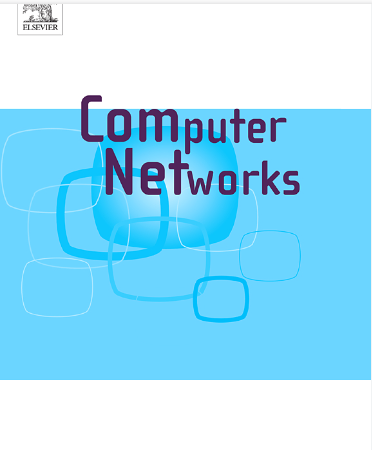DRL-based latency-energy offloading optimization strategy in wireless VR networks with edge computing
IF 4.4
2区 计算机科学
Q1 COMPUTER SCIENCE, HARDWARE & ARCHITECTURE
引用次数: 0
Abstract
The increase in data paths and the resulting latency growth in Wireless Virtual Reality (WVR) can significantly affect user experience. Mobile Edge Computing emerges as an effective solution to address these issues. However, offloading methods based on Deep Reinforcement Learning (DRL) face hurdles like limited environmental exploration and prolonged user waiting time. To address the mentioned challenges in WVR edge computing, where computational offloading involves multiple devices and edge servers, we aim to minimize system latency and reduce energy consumption. Therefore, we introduce the Task Prediction and Multi-objective Optimization Algorithm (TPMOA). First, we reduce the time users wait for rendering results by predicting their viewpoints. Next, we apply an entropy-innovated DRL algorithm to the latent space for computation offloading. Through representation learning, we establish a reward function that includes latent objectives and optimizes the experience replay buffer. This approach allows us to train and select the optimal offloading strategy, thereby reducing rendering latency and system energy consumption. Our experiments show that our approach effectively tackles the challenges of limited environmental exploration ability and extended user waiting time. Specifically, our method outperforms the RNN-based AC method significantly, reducing latency by 11.39%.
求助全文
约1分钟内获得全文
求助全文
来源期刊

Computer Networks
工程技术-电信学
CiteScore
10.80
自引率
3.60%
发文量
434
审稿时长
8.6 months
期刊介绍:
Computer Networks is an international, archival journal providing a publication vehicle for complete coverage of all topics of interest to those involved in the computer communications networking area. The audience includes researchers, managers and operators of networks as well as designers and implementors. The Editorial Board will consider any material for publication that is of interest to those groups.
 求助内容:
求助内容: 应助结果提醒方式:
应助结果提醒方式:


